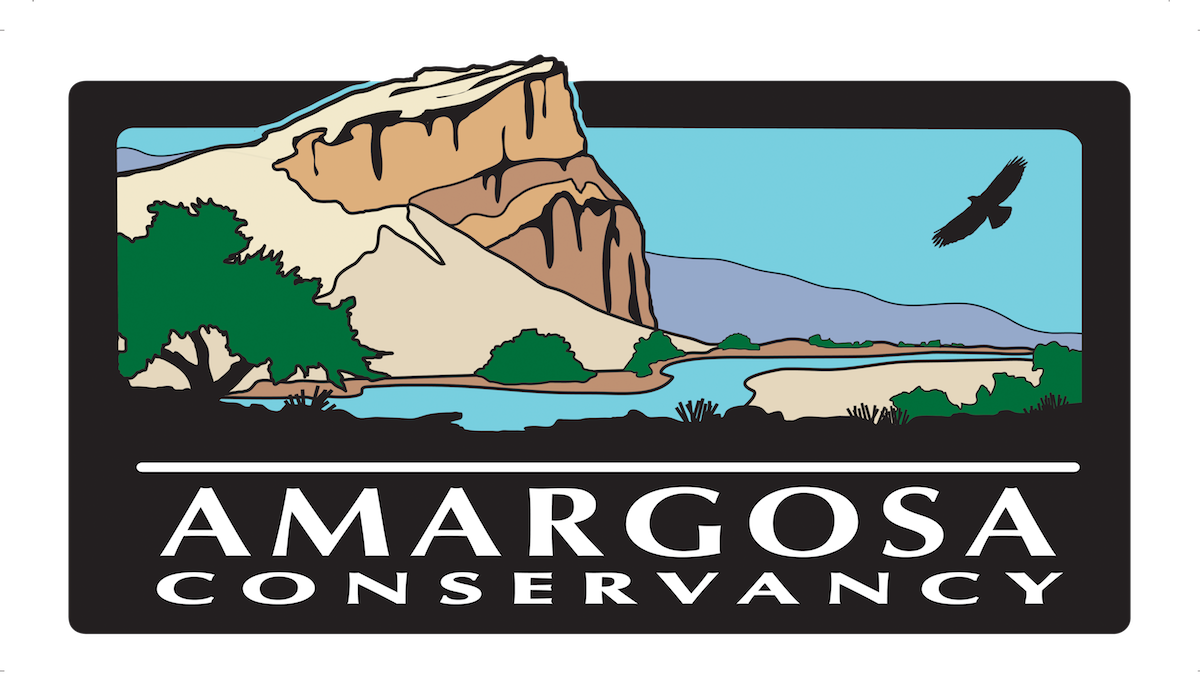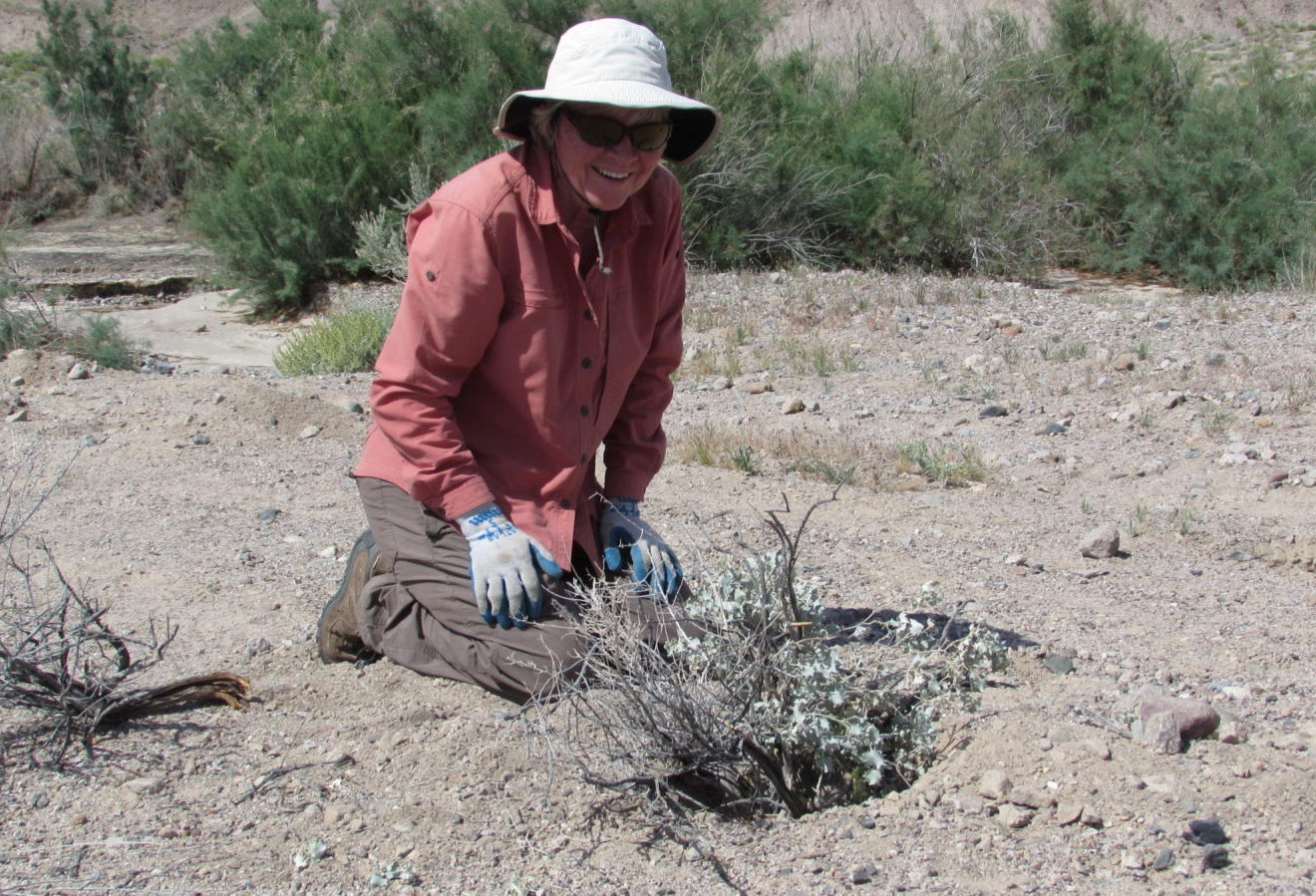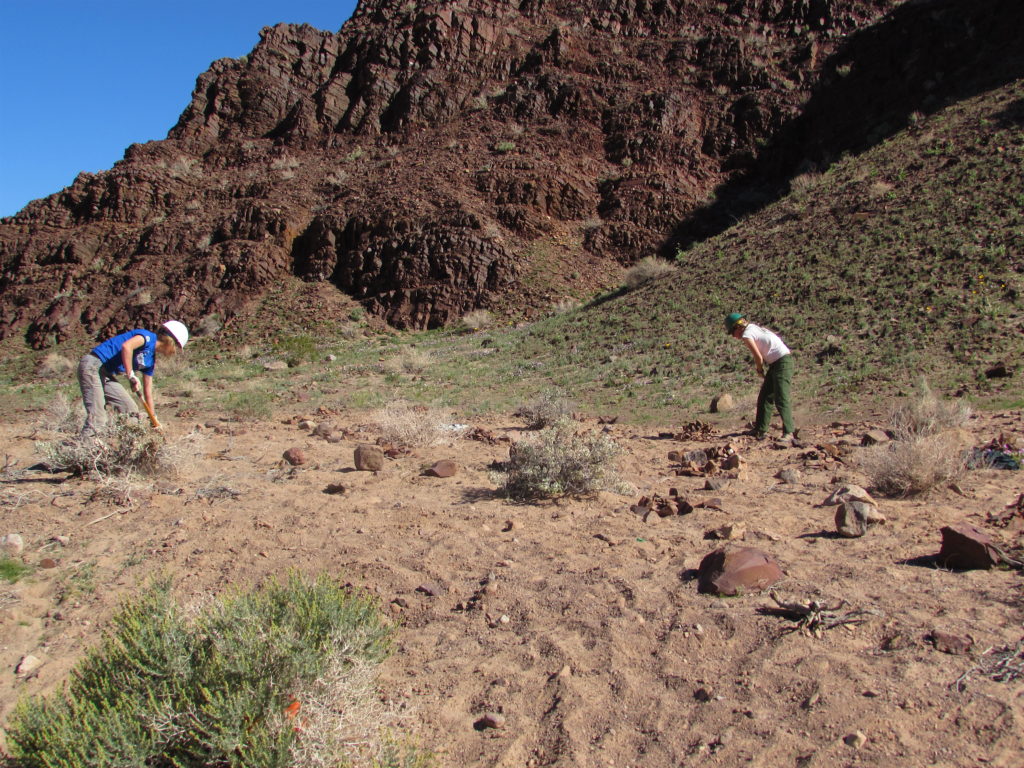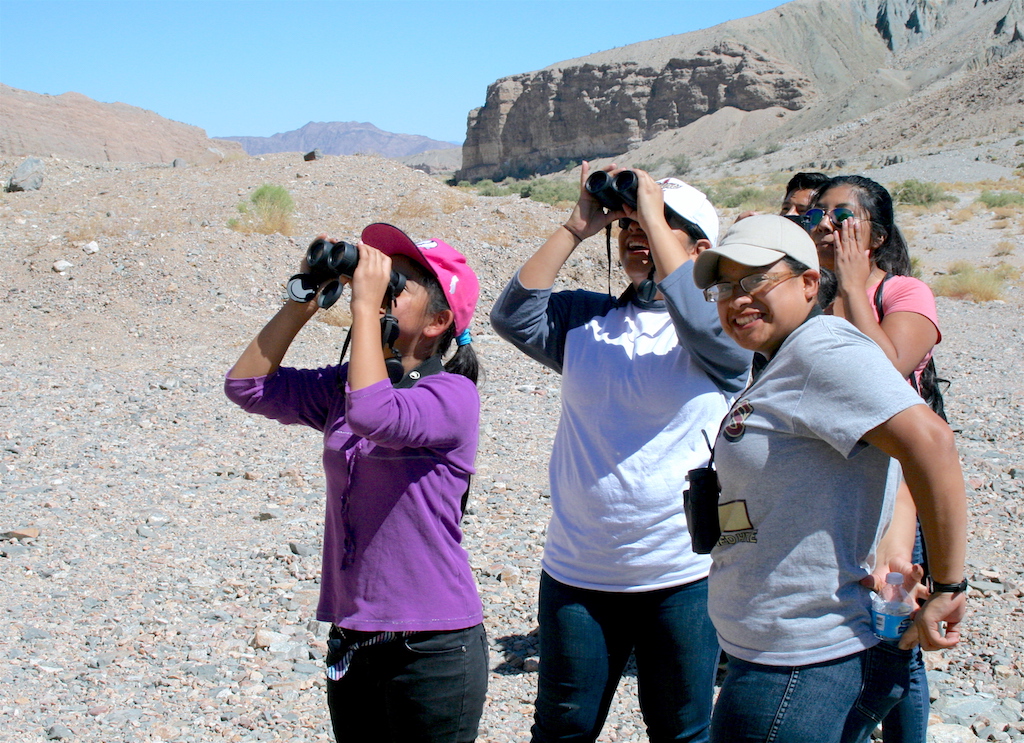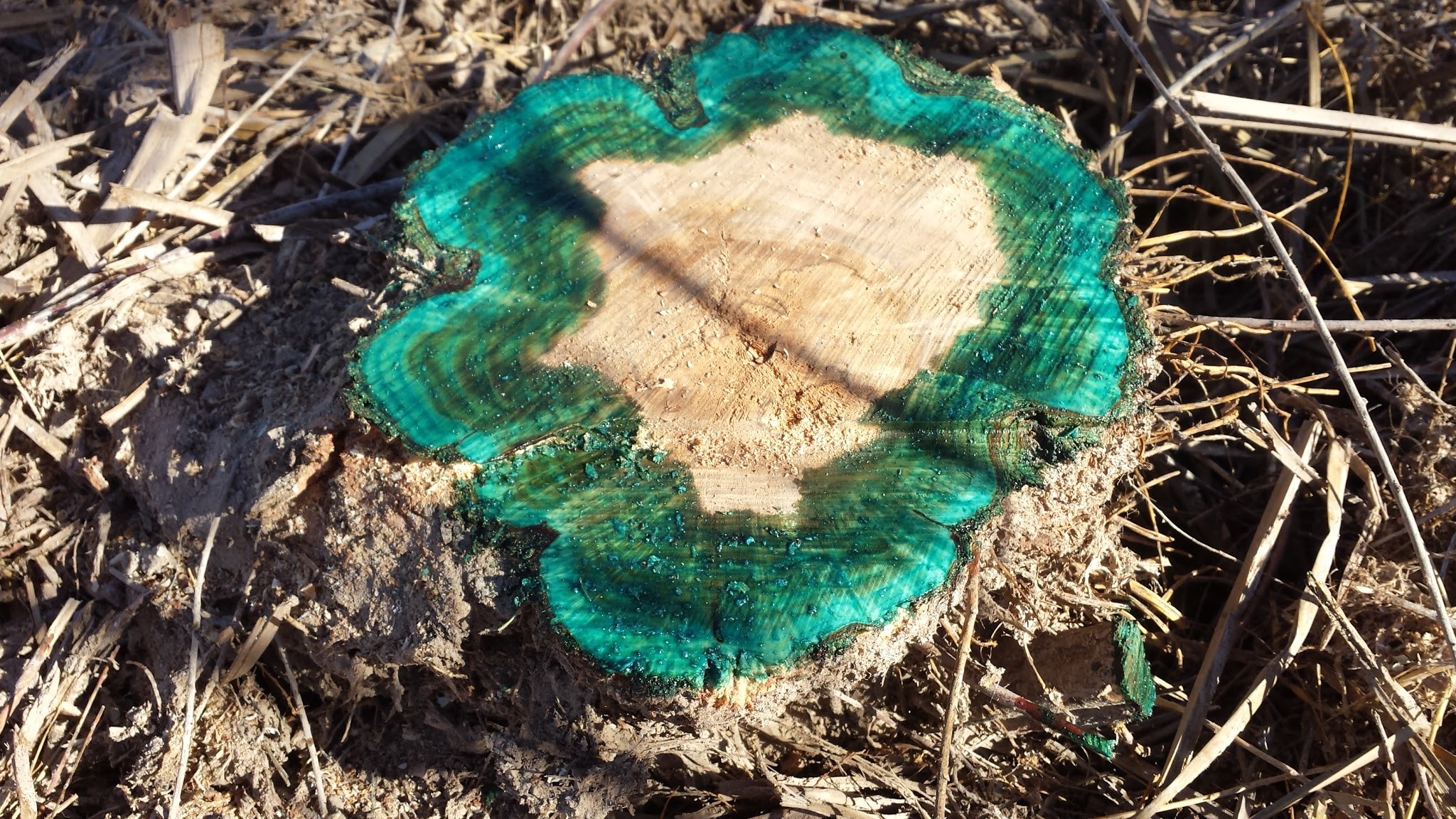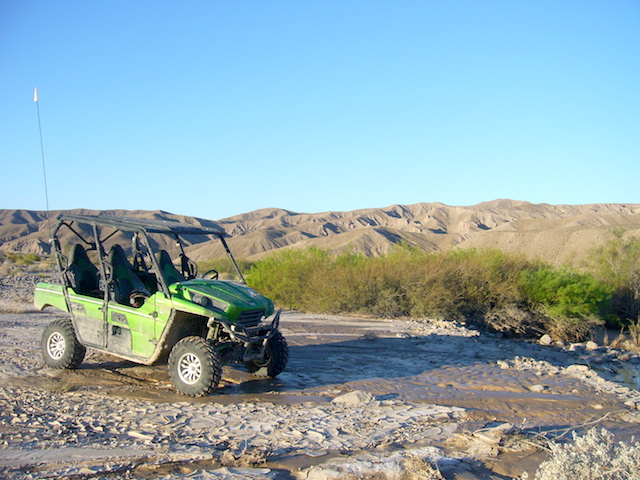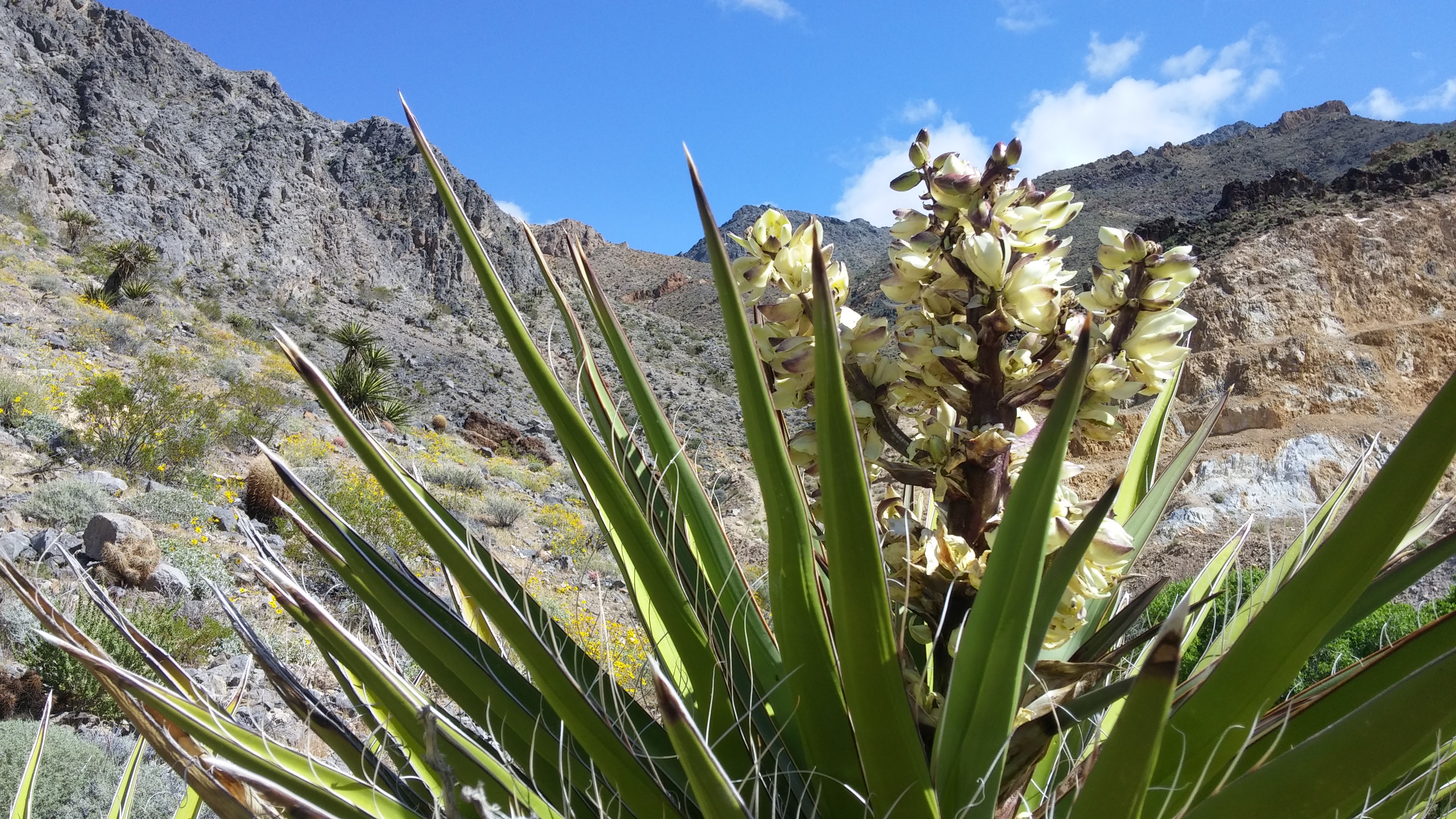Explore the Amargosa
DISCOVER:
AMARGOSA WILD AND SCENIC RIVER
The Amargosa River is a groundwater-fed river in the Mojave Desert that flows for 185 miles from Beatty,
Nevada to Badwater Basin in Death Valley, California. Sometimes known as the “Crown Jewel of the Mojave Desert, the Amargosa Wild and Scenic River (AWSR) is an underappreciated yet breathtakingly beautiful riparian corridor just outside the southeastern edge of Death Valley National Park. The perennial flow of the river and the dozens of springs and seeps along its reach sustain an abundance of unique, endemic, and endangered species, including the Amargosa vole, Amargosa niterwort, and Least Bell’s vireo, to name just a few.

History
In the 1960s, Mariam Romero organized field trips of over 40 scientists, academics, interested people, and organizations to the Amargosa region.
This resulted in increased interest, technical papers, and significant citizen support for the Amargosa area. In 1980, Mariam’s efforts led to the BLM establishing the Amargosa Canyon Area of Critical Environmental Concern (ACEC) and the Grimshaw Lake ACEC. The associated ACEC Management Plans established goals to protect water resources essential to the maintenance of valued resources and management goals for those resources, including threatened and endangered species and habitat as well as cultural, scenic, and historical values.
Throughout the 1990s and 2000s, Amargosa Conservancy founding board members Bill Christian and Susan Sorrells advocated to secure designation as a Wild and Scenic River (WSR) for the Amargosa in order to protect its remarkable values and free flowing characteristics from future environmental threats. Amargosa Conservancy was a catalyst for broad support for such designation. As part of their planning process, in 2002 the Bureau of Land Management completed a study to specify the remarkable values of the Amargosa River in California and recommend which portions were eligible for designation under the Wild and Scenic Rivers Act.
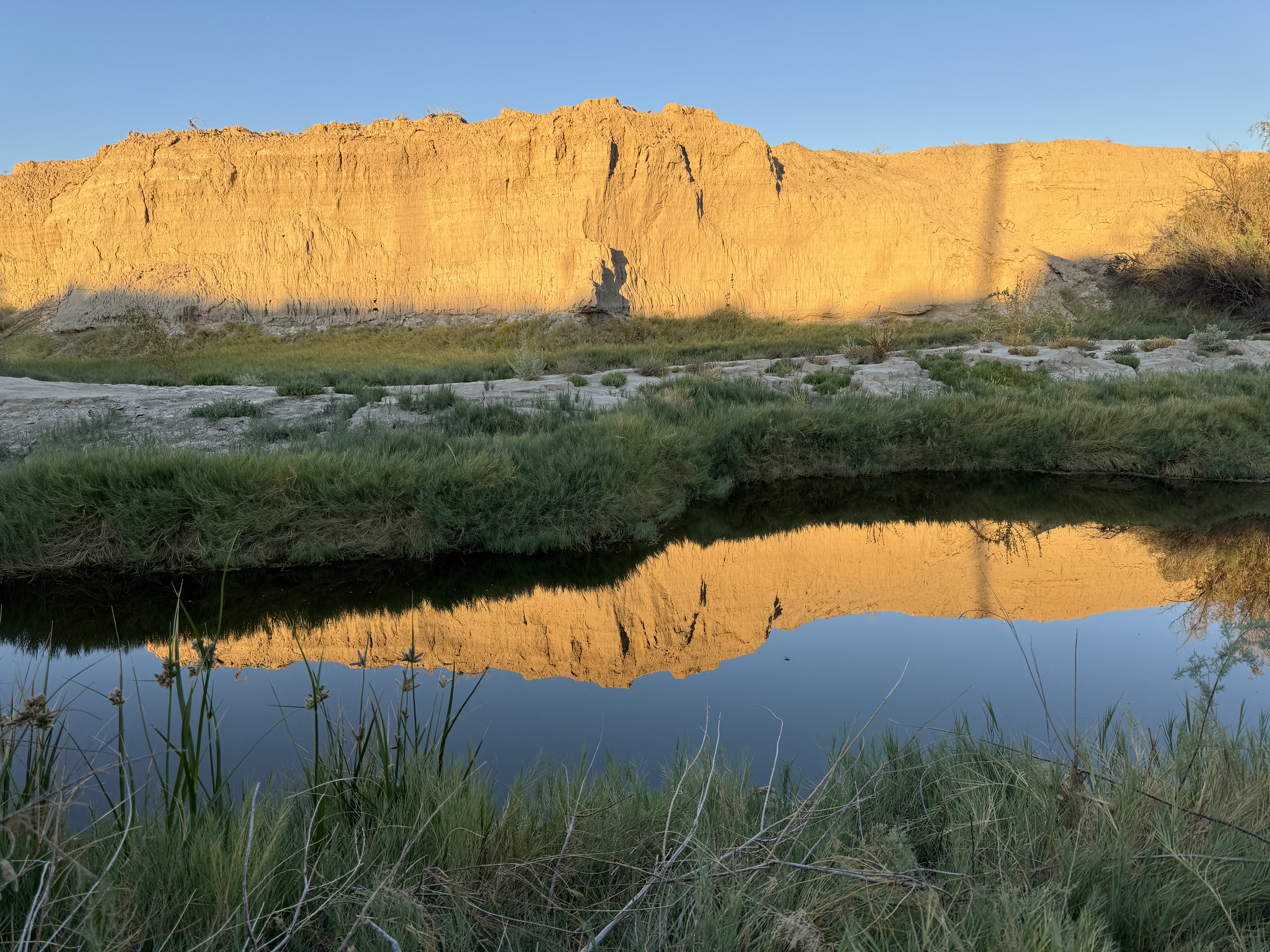
In a 2008 Draft Amargosa Water Report, Christian succinctly described the conservation value of a Wild and Scenic River designation:
“The Wild and Scenic Rivers Act creates an express federal reserved water right that encompasses some or all of the instream flows of designated rivers or river segments in an amount necessary to achieve the purposes of the Act, which is to preserve the free-flowing condition of the river and those values for which the river was protected.”

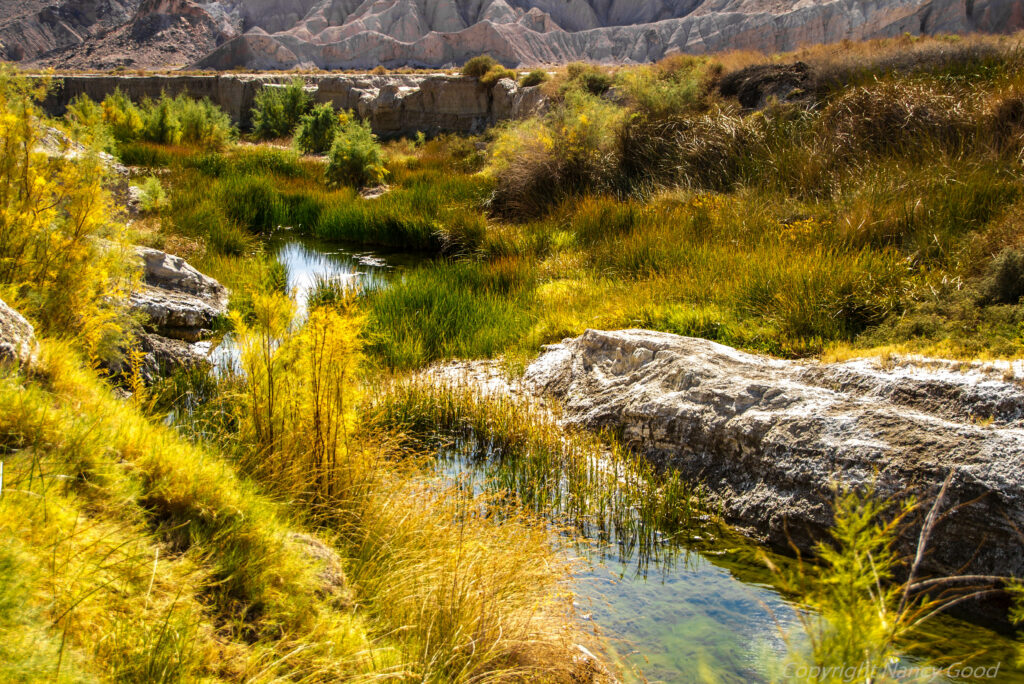
In 2009, these efforts paid off when a 29.7-mile section of the river in California received Wild and Scenic status through the Omnibus Public Land Management Act of 2009.
In 2019, the WSR was expanded to a total length of 33.8 miles.
The United States Bureau of Land Management (BLM) is charged with developing a Comprehensive River Management Plan for the Wild and Scenic portion of the Amargosa River. Once a CRMP is completed, Amargosa Conservancy will continue to coordinate with partners to support implementation of the river management plan.
Waterfall in the Amargosa Canyon south of Tecopa, California
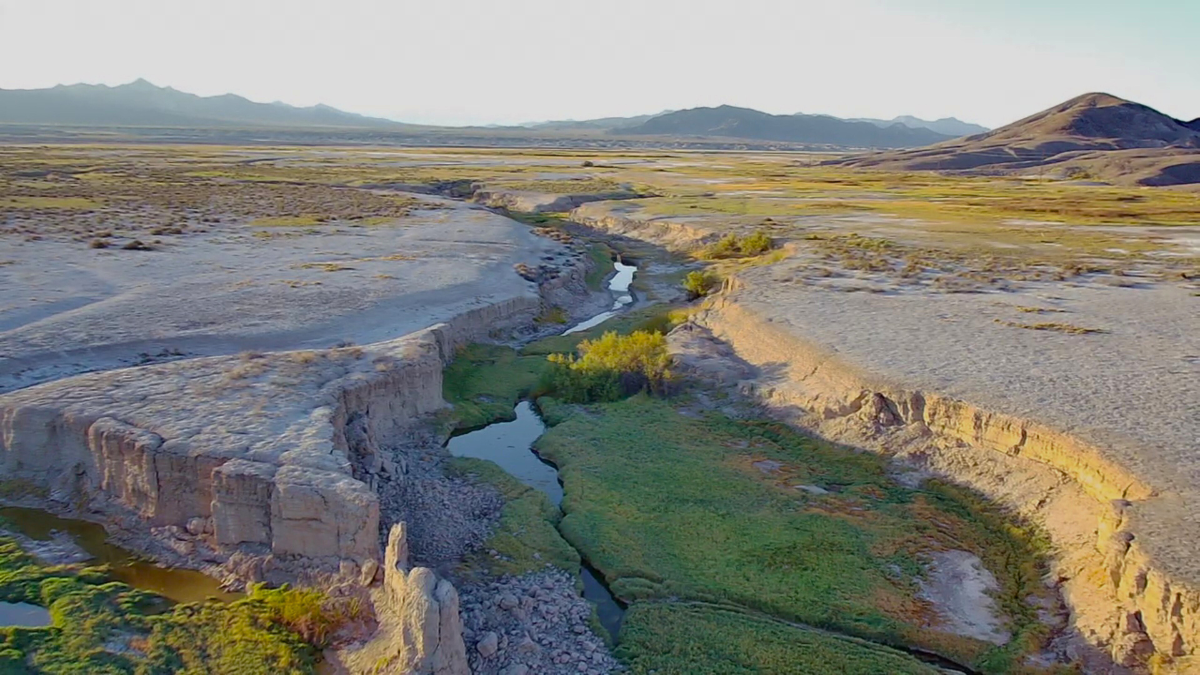
Today, the Amargosa Wild and Scenic River (AWSR) is a protected reach of the river within the Middle Amargosa Basin where the river flows freely over the ground surface from near Shoshone, through Tecopa, and into the Amargosa Canyon. The river’s crossing of Highway 127 near Dumont Dunes marks the downstream terminus of the AWSR.
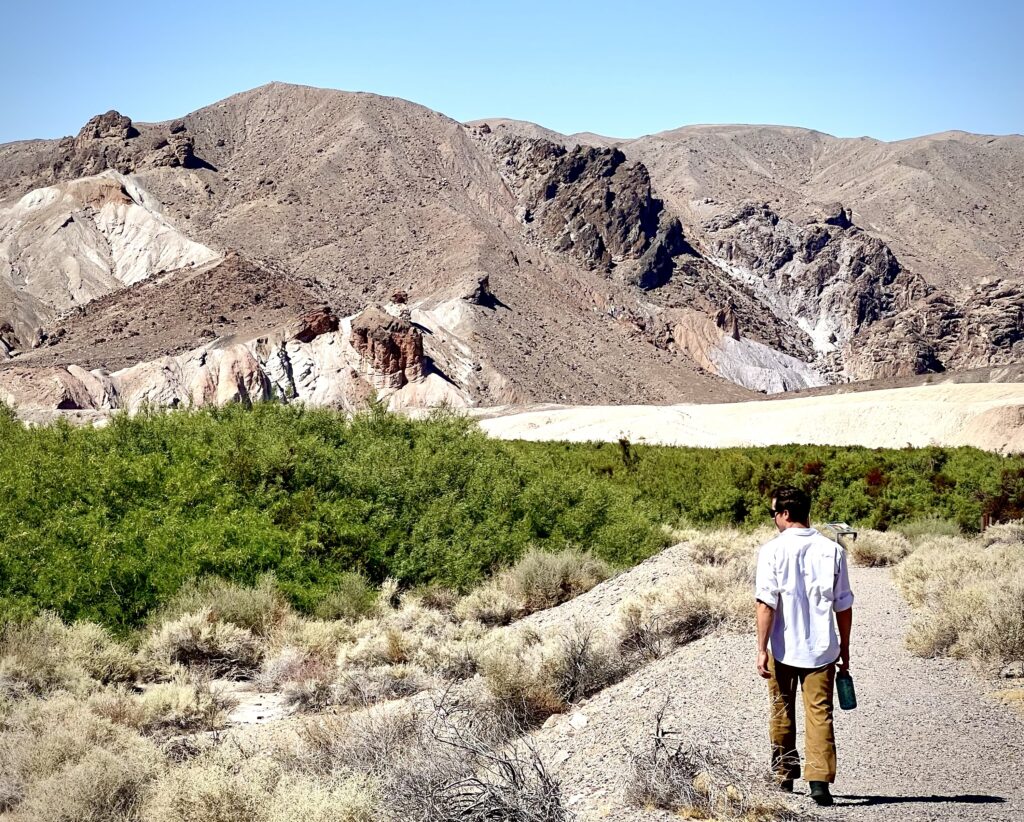
Amargosa Conservancy supports recreation in the Amargosa area,
including along the AWSR. We are proactive in protecting the many unique values of the Amargosa as well as providing information so that visitors can access and enjoy this unique protected river through hiking, bird watching, nature studies, photography, soaking in the natural hot springs, and four-wheeling.
Hiking into the AWSR along Willow Creek


From our blog: AMARGOSA WILD AND SCENIC RIVER
The Great Old Broads Visit for a “Broadwork”
The Great Old Broads for Wilderness is a national organization that engages and inspires activism to preserve and protect wilderness and wild lands. Their mission statement says that they bring knowledge, commitment, and humor to the movement to protect our last wild places on earth, and boy- they did not disappoint.
Vertical Mulching: A story of “Planting Dead Branches” to Restore Desert Habitat
Decompressing the soil, collecting dead parts of live bushes, putting them in a hole, filling the hole with rocks and soil and texturing the surrounding soil to naturalize an area in desperate need of rehab – steps to successful vertical mulching.
Out and About in Afton Canyon
In partnership with the Hispanic Access Foundation, the Amargosa Conservancy has been leading trips to Afton Canyon to provide information and access to the beautiful lands that belong to all citizens of United States.
Stewardship on the Desert Conservation Lands Retrospective: Tamarisk Removal
In coming weeks, we expect the Bureau of Land Management to finalize the Desert Renewable Energy and Conservation Plan (DRECP), in which the public lands of the Amargosa Basin are likely to be designated at California Desert Conservation Lands. To celebrate, we are highlighting the decade-long partnership between the Amargosa Conservancy and the BLM to engage in stewardship on these lands
Motor Vehicle Musings
The Conservancy has been strategizing with the BLM to restore the damaged areas off-route and provide post and cable barriers to prevent future incursions, as well as place interpretative signs and maps so recreators know where they are and how they can play a part in making sure the next generation has access to the same opportunities we have now.
Destination: Kingston Range
Located in northeastern San Bernadino county in Eastern California, the Kingston Range and Wilderness partially drain into the Amargosa Basin. The 7000+ ft peaks rise in the distance to the southeast of Shoshone and Tecopa.
